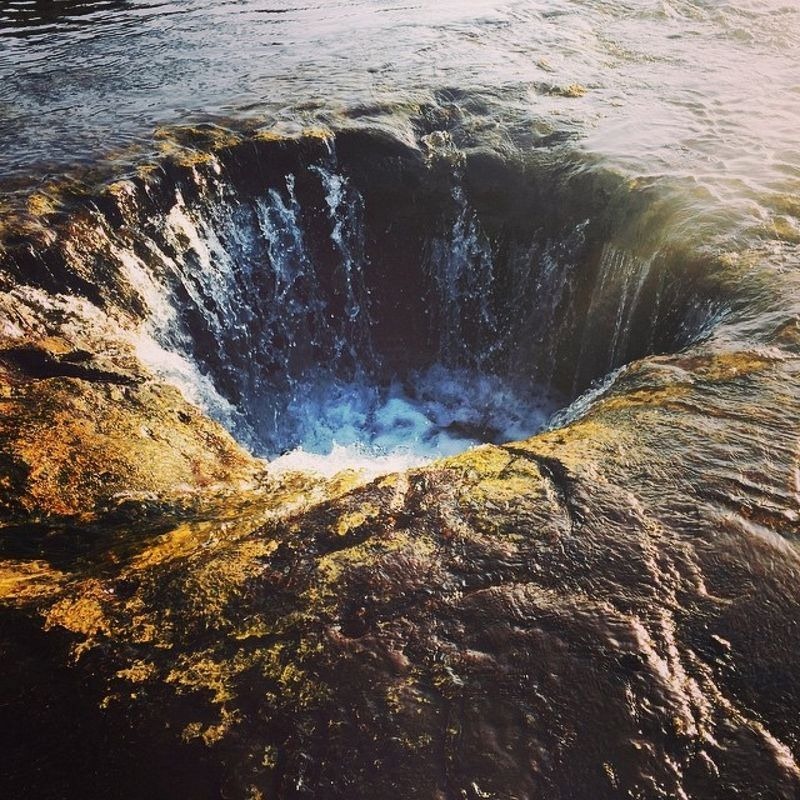The U.S. state of Oregon has at least 19 lakes named “Lost Lake”, but possibly only one fits the name. This particular Lost Lake is located within the Willamette National Forest just outside the Mt. Jefferson Wilderness. The lake is also one of the best known because it is easily accessible — it lies adjacent to the heavily travelled Santiam Pass Highway, Oregon Highway 20.
Lost Lake was formed about 3,000 years ago when lava flowing from the Sand Mountain Line of small volcanoes blocked a river channel to create a small basin of water which now holds the lake. The lake begins to fill in the late fall, fed by several small surface streams, and continues to fill all winter in a series of rain or snowstorms. But as spring turns to summer and the streams dry off, the lake drains down a huge hole located on the lakebed. In particularly dry years, the entire lake disappears leaving a small meadow in its place.
The hole is connected to a lava tube. A lava tube forms when a stream of hot lava cools to form a hard crust, but the lava beneath the hardened surface continues to flow. After the hot lava drains away, a hollow tube remains. A lava tube can be as small as 1 feet across or as large as a subway tunnel. (See: Manjanggul Lava Tube Cave in Jeju Island)
Aside from the huge hole, the lake bed is formed of porous volcanic rock and there are also cracks and fissures on the rocky bed. When the amount of rain coming in exceeds the ability of the lava tube to drain off the water, the lake starts to fill reaching a depth of 9 feet.
The Lost Lake's water seeps into Earth and refills the underground water supply that feeds springs in other areas of the forest and even provides drinking water for the community. It is estimated that the lake’s water take seven to ten years to filter down through all those cracks and pores before it end up in someone glass.
However, not all people are respectful of the lava tubes. People have been throwing trash such as car parts, engines and other debris in the hole, presumably for fun or just to see if they can plug the hole. Throwing anything into the hole is strongly discouraged by forest officials as it could flood the lake and the road.
Also see: Loughareema–The Lake That Randomly Vanishes

Sources: Live Science / Bend Bulletin / Atlas of Oregon Lakes via My Modern Met














Quite similar in behaviour to Medicine Lake in Alberta.
ReplyDeletehttp://www.pc.gc.ca/eng/pn-np/ab/jasper/activ/explore-interets/medicine.aspx